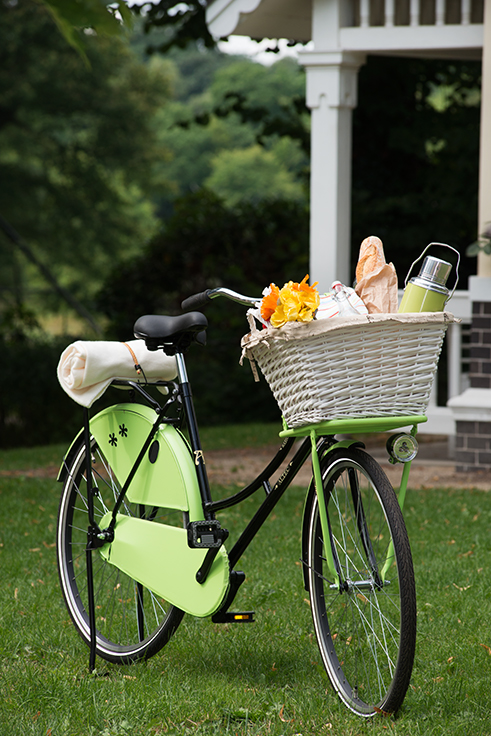Instructions for spraying a bicycle
Almost everybody has a bike at home. But if you feel your two wheels are a bit too boring, you can easily spice them up a bit. Spray your bike in your favourite colour or apply some extra patterns. This is a very easy way to create a unique bike that will be a real eye-catcher on every ride.






